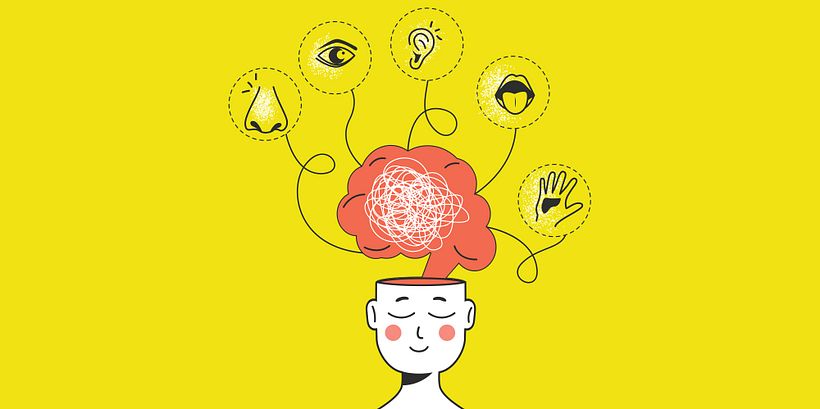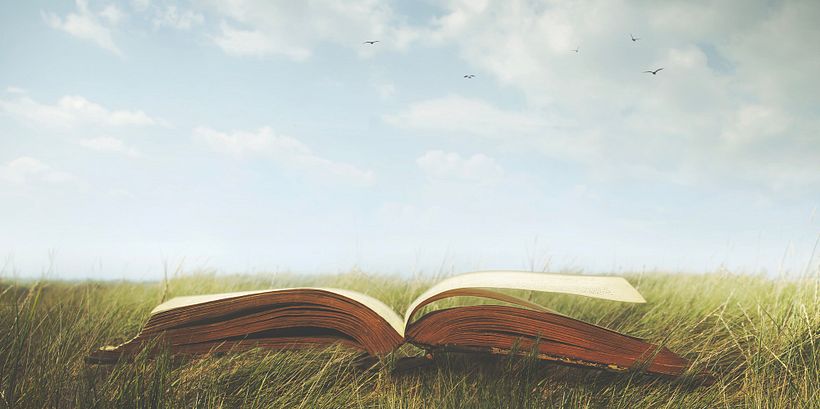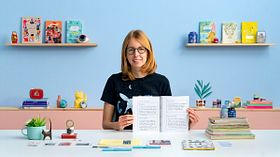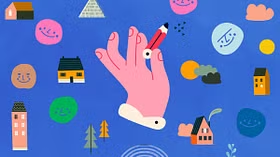The World of Imagery in Literature

Immerse yourself in the world of literature with these vivid examples of imagery. Explore how authors use language to paint a picture in the reader's mind.
Welcome to a journey through the rich tapestry of imagery in literature! Just as a skilled painter wields their brush to create a masterpiece, authors harness the power of words to craft vivid scenes that transport us to distant lands, evoke powerful emotions, and ignite our imagination. Let’s uncover the various types and examples that bring literature to life.
Defining Imagery
At its essence, imagery in literature refers to the use of descriptive language to create sensory experiences for the reader. It's the art of painting with words, allowing readers to see, hear, smell, taste, and touch the world depicted in the text.

1. Visual Imagery
Let's start with visual imagery, perhaps the most common and easily recognizable type. Visual imagery appeals to our sense of sight, painting vibrant pictures in our minds.
For example, consider this passage from J.K. Rowling's Harry Potter and the Sorcerer's Stone: "The narrow path had opened suddenly onto the edge of a great black lake. Perched atop a high mountain on the other side, its windows sparkling in the starry sky, was a vast castle with many turrets and towers." Here, Rowling's descriptive language vividly portrays the majestic Hogwarts Castle, allowing readers to visualize its grandeur.
2. Auditory Imagery
Auditory imagery transports readers into the world of sound, allowing them to hear the bark of a dog echoing through a silent forest, the gentle rush of a river flowing over smooth stones, or the chirping of birds dancing in the summer sky. Through rich descriptions, readers can tangibly experience these auditory sensations as if present in the scene.
For instance, in Pierce Brown's Golden Son, the line “The silence is deeper than the tunnel. It meanders through the heart of Mars, stretching forever, echoing to places only the lost have ever been.” evokes an intense stillness. Readers can almost feel the weight of the silence, heightening the sense of isolation and mystery within the narrative.
3. Olfactory Imagery
Now, let's follow our noses to olfactory imagery, which conjures scents and smells. This type of imagery can evoke nostalgia, trigger memories, or set the mood of a scene.
In American Gods by Neil Gaiman, the passage "The house smelled musty and damp, and a little sweet, as if it were haunted by the ghosts of long-dead cookies" conjures up the distinct aroma of a house layered with the mustiness of age, the dampness of neglect, and the lingering sweetness reminiscent of baked treats long gone. Through such descriptive language, readers can almost smell the unique blend of scents, immersing themselves in the atmospheric world created by the author.
4. Gustatory Imagery
Gustatory imagery tantalizes the reader's taste buds with vivid descriptions of flavors and sensations.
In Ernest Hemingway's A Moveable Feast, the passage transports us to a moment of sensory delight: "As I ate the oysters with their strong taste of the sea and their faint metallic taste that the cold white wine washed away, leaving only the sea taste and the succulent texture, and as I drank their cold liquid from each shell and washed it down with the crisp taste of the wine, I lost the empty feeling and began to be happy and to make plans." Through this rich description, the reader can almost taste the briny essence of the sea, the crispness of the wine, and experience the transformative pleasure of savoring each bite and sip. Such immersive imagery allows readers to fully engage their senses, enhancing the reading experience and bringing the narrative to life.
5. Tactile Imagery
Lastly, let's explore tactile imagery, which appeals to our sense of touch. This type of imagery can evoke sensations of texture, temperature, and pressure.
In Frank Herbert's Dune, the Bene Gesserit test Paul's resilience with a vivid display of tactile imagery: "What's in the box?" "Pain." As Paul's hand is subjected to increasing discomfort, the text immerses readers in his sensory experience. Initially, there's a mere tingling sensation, which then intensifies into an itch, followed by a subtle burning. This gradual escalation of tactile sensations evokes a visceral response, as readers can almost feel the heat building alongside Paul. Through this imagery, Herbert masterfully conveys the physical and psychological strain of the test, immersing readers in Paul's harrowing ordeal.

As we reach the end of our literary odyssey through the world of imagery, remember that the power of words knows no bounds. Explore our writing courses and unlock your potential as a wordsmith.
Before you go, dive into the links below:
– Definition and Examples of Anaphora
– 5 Types of Writing Styles Plus Examples





0 comments